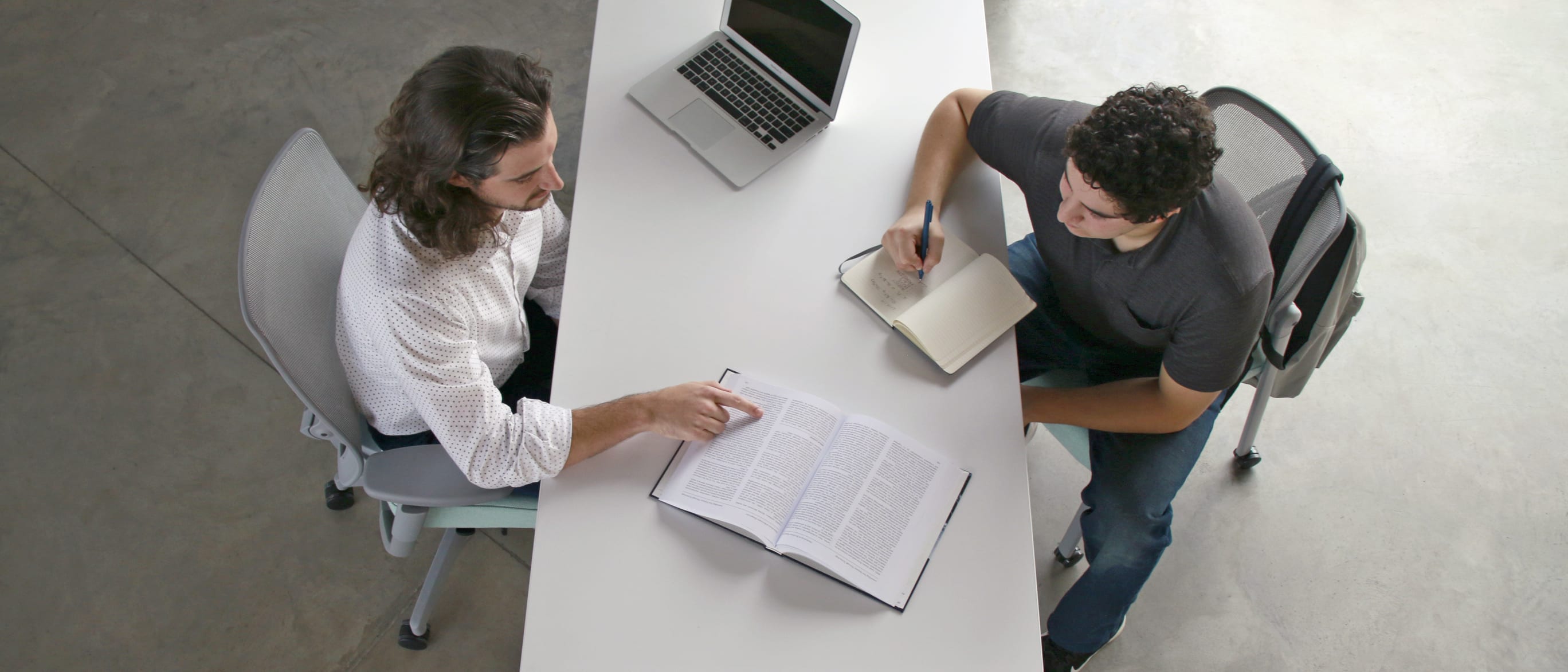Download the PDF Copy
Download
In this whitepaper:
This paper takes a wide-ranging look at the types of factors that are scientifically known to influence knowledge worker performance, including environmental, cognitive, and organizational management factors. This research review sheds new light on what really matters in workplace-making, and expands on previous research that identified the six organizational management factors with the highest correlation to team performance.
What you will learn:
- Why we must ground workplace design in evidence-based principles
- What is scientifically known about the factors that influence knowledge worker performance, for both individuals and teams
- How to differentiate between more context-dependent workplace factors, and less context-dependent factors
- Why we must create a shared understanding of the meaning we assign to physical artifacts, or risk them being misinterpreted or counterproductive
The Science Linking the Workplace to User Experience and Performance, Part 2
Many people have recognized the power our workplaces hold over our daily actions and interactions, and perceptions about our work. However, it is not broadly understood how our workplaces shape our behavior and what these insights might mean for knowledge worker performance. An expansive approach to the workplace is required to go beyond what is physically known, to the science behind the factors that influence our everyday experiences.
We know our workplaces influence us…but do we know how?
Every day, we consciously or unconsciously assign meaning to the environments in which we live, work, play, and heal. Imagine walking each day into a well-lit workplace with fresh flowers next to the receptionist who greets you warmly. Just beyond the desk you glimpse your colleagues lounging on soft seating over a warm beverage. While grabbing your own cup of coffee, you stop to chat about their weekends and approaching deadlines.
Now imagine a very different workplace. You arrive in the morning, fumbling for your badge to enter through a set of badge-only-accessible double doors. The empty reception desk is lit by a harsh line of fluorescents. You walk by the company’s quality policy posted on the wall (which you no longer notice) and take a silent elevator ride with your colleagues to your floor. You sneak through a back hallway to arrive at your desk before your supervisor catches you arriving to work late.
These two scenarios describe very different experiences. One workplace has the potential to nurture social ties, mutual support, and wellbeing; while the other has the potential to increase stress, limit interaction, and lower commitment. But what are the factors that contribute to these two very different examples? We know that it goes beyond the physical layout of the workplace or the colors on the wall, but to what exactly? How might we articulate the powerful ways our workplaces shape our perceptions, daily actions, and behaviors?
With these questions in mind, we embarked on two research reviews to uncover what is known about the human experience of work and place, and how those factors relate to the performance of both individuals and members of teams. What we found is that to cover the breadth of physical, cognitive, and emotional support for workers, and to create positive, relevant user experiences in the workplace, we need to delve deeper than the superficial surface.





